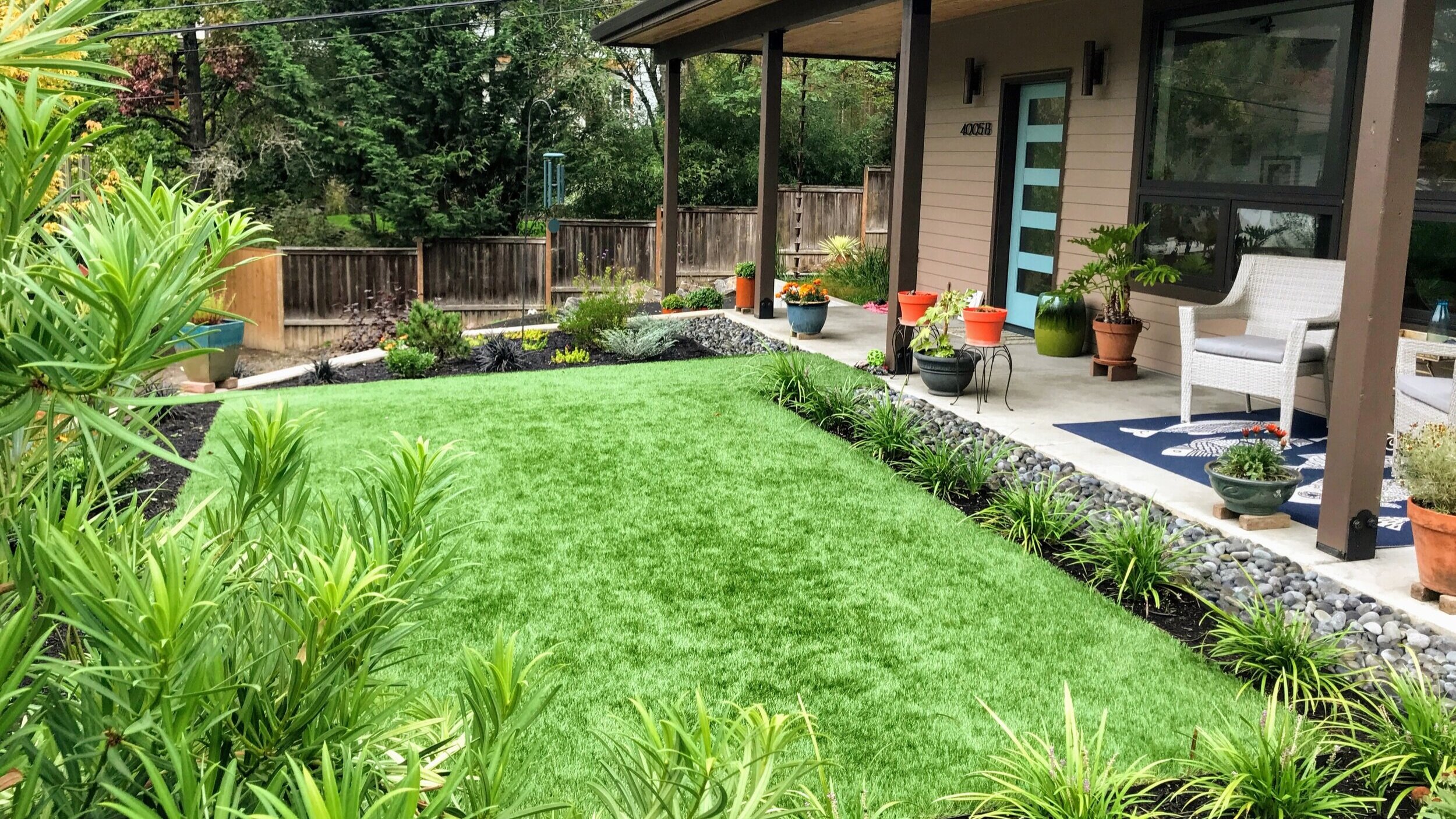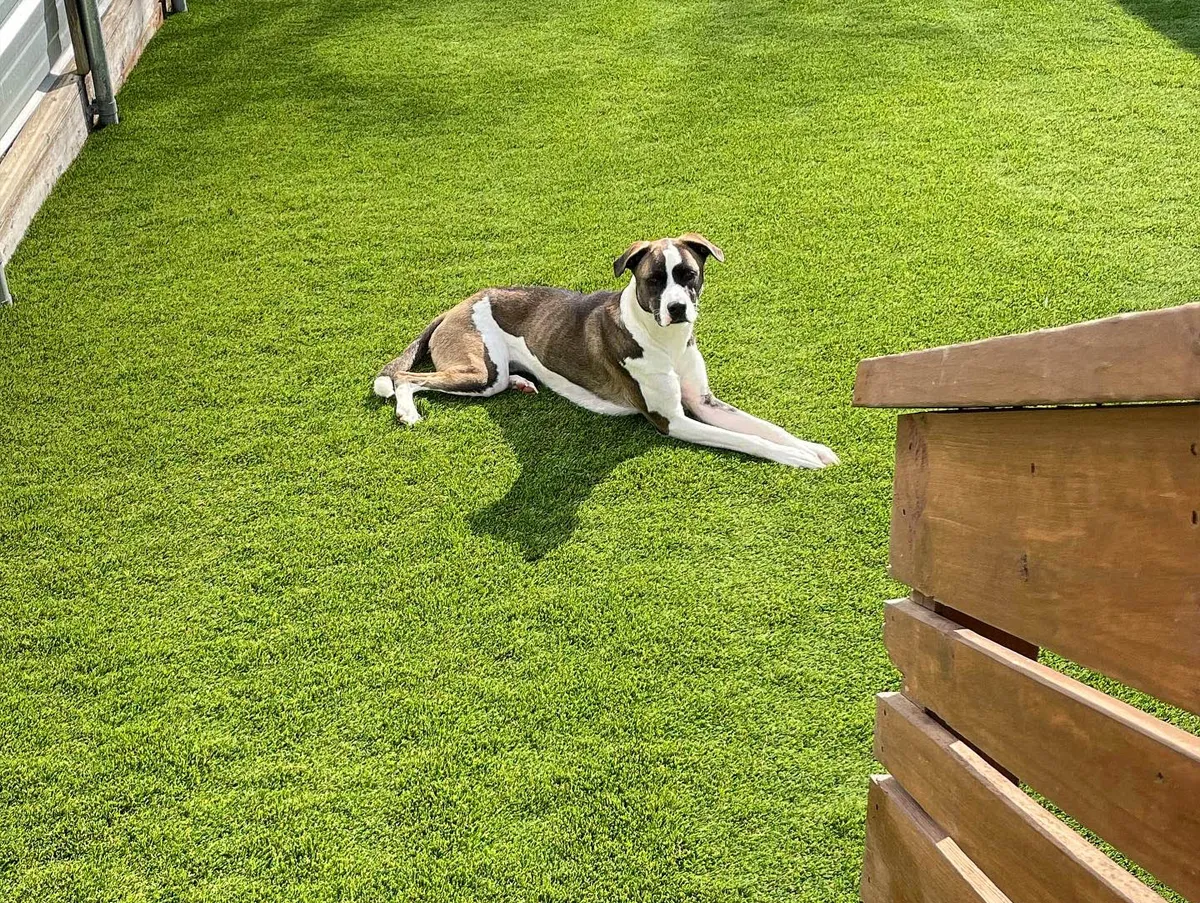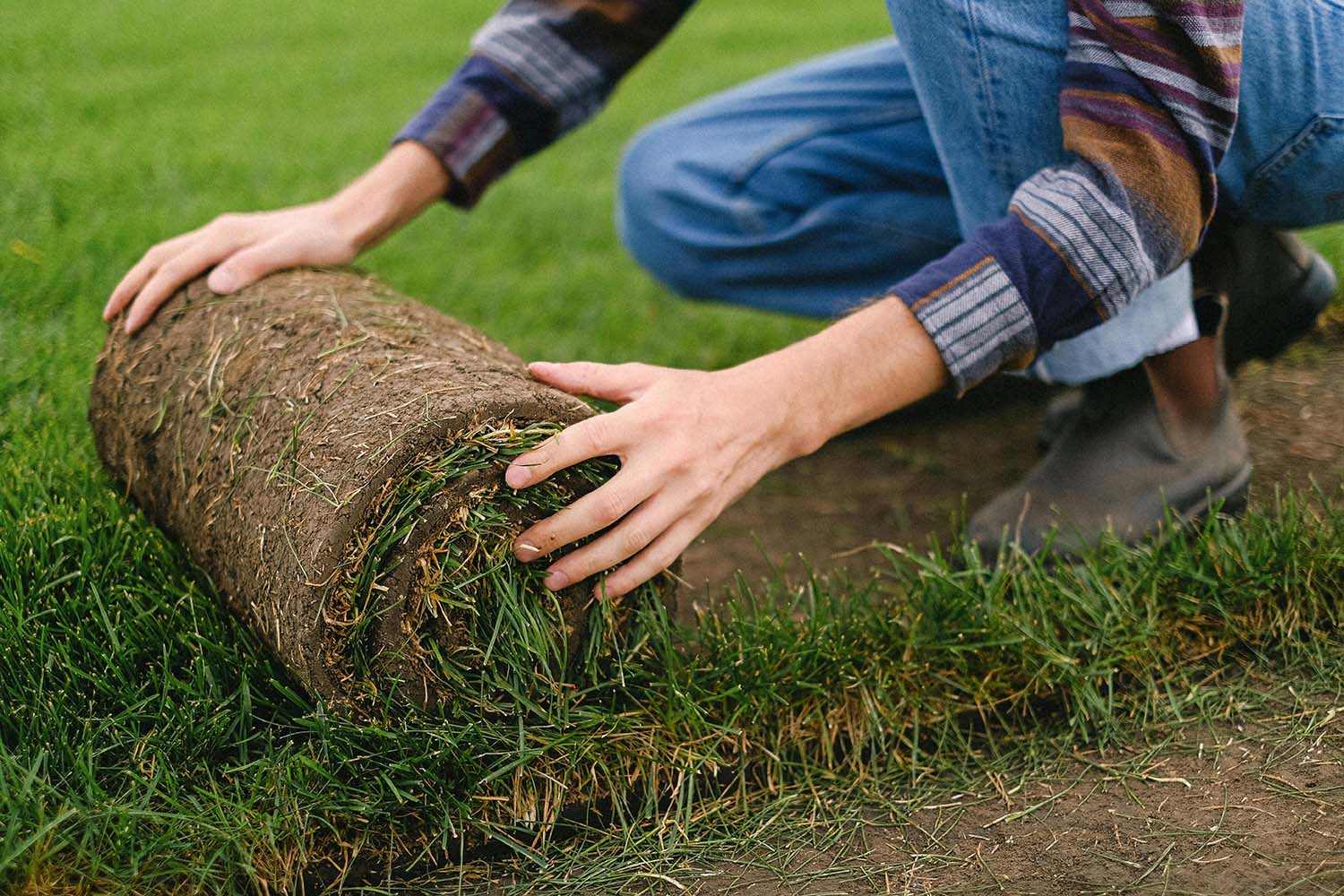Reputable Phoenix Turf Companies Providing Best Synthetic Grass Installation
See Why Homeowners Prefer Synthetic Grass for Lasting Landscape Design Practices
As property owners significantly prioritize sustainability in landscape design, synthetic lawn has arised as an engaging option to typical turf. What remains to be checked out is the complete range of advantages that man-made grass can offer to house owners and the setting alike.
Water Preservation Benefits
One of one of the most significant benefits of synthetic grass is its function in water conservation. Conventional yard lawns call for substantial amounts of water to preserve their lavish look, typically bring about overuse of local water resources, particularly in deserts. In contrast, synthetic grass removes this need totally, as it does not require irrigation. This not only saves water however additionally decreases the strain on local water supply, especially throughout dry spell problems.
In addition, the installment of fabricated lawn can add to an extra lasting landscape. Homeowners can considerably reduce their water expenses, enabling reallocation of sources to various other ecological efforts or family uses. Additionally, synthetic grass is designed to withstand various weather problems without the demand for extra watering, making it a suitable selection for regions facing water deficiency.
The ecological benefits expand past instant water cost savings. By decreasing water intake, synthetic grass aids to alleviate the impacts of environment modification, maintaining crucial communities that are threatened by extreme water extraction. As sustainable landscape design methods gain grip, synthetic grass becomes a liable choice for home owners seeking to produce environment-friendly outdoor areas.
Reduced Maintenance Initiatives
Synthetic grass considerably minimizes maintenance efforts contrasted to traditional lawn yards. With synthetic lawn, house owners can remove the time-consuming tasks related to all-natural landscaping, such as mowing, fertilizing, and weeding. This not only conserves beneficial time but likewise minimizes physical labor, making grass care available for individuals of any ages.
Among one of the most noteworthy advantages is the absence of routine mowing. Typical grass require regular trimming to preserve a cosmetically pleasing elevation, whereas synthetic grass stays constantly rich without the demand for reducing. In addition, homeowners no longer need to apply fertilizers or pesticides, which are typically needed to maintain natural lawn healthy and balanced. This change not just lightens the work but likewise promotes a neater, a lot more consistent look year-round.
Moreover, synthetic grass is sturdy and resilient, requiring minimal upkeep past occasional cleaning and washing to eliminate particles. This simplicity of maintenance enables house owners to enjoy their exterior spaces without the consistent concern of maintenance, offering even more time for leisure and family members activities. Inevitably, the decreased upkeep efforts linked with synthetic grass make it an appealing choice for those looking for a low-maintenance, visually appealing landscape.

Environmental Impact Decrease
There is a growing acknowledgment of the environmental advantages connected with synthetic grass, specifically in terms of water preservation and decreased chemical use. Conventional grass need significant amounts of water, specifically in drought-prone regions, leading to raised stress on neighborhood water resources. On the other hand, artificial lawn gets rid of the demand for irrigation, drastically minimizing water consumption and promoting sustainability.
In addition, conventional yard upkeep commonly entails the application of herbicides, plant foods, and chemicals, which can add to dirt and water pollution. Synthetic grass minimizes this environmental risk by requiring very little maintenance and practically eliminating the need for dangerous chemicals. This not only boosts dirt health yet also shields local ecosystems from hazardous runoff.
Additionally, the manufacturing of natural yard yards commonly entails the usage of fossil fuels for mowing and landscaping equipment, additional contributing to greenhouse gas discharges. By picking synthetic grass, property owners can significantly reduce their carbon impact connected with yard care activities.
Visual Appeal and Convenience
In addition to its environmental benefits, man-made turf offers substantial visual appeal and convenience for landscaping. House owners can attain a rich, environment-friendly appearance year-round, getting rid of the seasonal variations typically connected with all-natural grass. This helpful hints constant visual not just enhances the visual charm of a home yet also contributes to a well-maintained and refined appearance.
In addition, artificial turf is offered in a selection of designs, shades, and textures, permitting personalization to fit private preferences and style motifs - Arizona artificial turf. Whether made use of in household yards, industrial areas, or entertainment locations, it can seamlessly integrate into diverse landscaping designs, from contemporary minimal to rich exotic settings
The adaptability of synthetic grass prolongs beyond mere appearance; it can be installed in various locations, consisting of roofs, outdoor patios, and also interior rooms, creating opportunities for distinct landscape design options. Furthermore, it appropriates for a series of tasks, from youngsters's backyard to pet-friendly atmospheres, providing capability without endangering style.
Ultimately, the aesthetic allure and convenience of synthetic grass make it an attractive choice for homeowners looking for sustainable landscape design services that do not give up charm for ecological obligation.

Long-Term Price Cost Savings
One of the most compelling benefits of artificial turf is its capacity for lasting cost savings. Unlike natural lawn, which calls for regular maintenance-- including mowing, watering, feeding, and parasite control-- artificial grass substantially lowers these ongoing expenses.
Furthermore, man-made lawn has a lifespan of 15 to 25 years, depending on its high quality and usage. This longevity minimizes replacement costs, making it a more economical option in the future. The preliminary financial investment in man-made grass can typically be recovered through the savings built up over time.
While the ahead of time price may seem higher contrasted to turf setup, the cumulative savings from lowered upkeep and water usage frequently outweigh these first expenditures. Ultimately, the adoption of fabricated grass not only promotes a lasting landscaping solution yet likewise provides homeowners a monetarily smart option that straightens with long-lasting budgeting goals.
Final Thought
Synthetic grass emerges as a compelling choice for sustainable landscape design, providing substantial advantages in water preservation, decreased maintenance efforts, and diminished environmental influence. Its aesthetic allure and adaptability enhance the visual landscape while aligning with modern-day sustainability goals. Long-lasting cost savings add to its attractiveness for house owners. As communities progressively focus on environmentally friendly methods, the fostering of synthetic grass stands for a progressive step toward attaining lasting and resilient landscapes.
Furthermore, fabricated lawn is made to withstand various climatic conditions without the need for supplemental watering, making it an optimal option for regions facing water deficiency. (Arizona turf)

Man-made grass emerges as an engaging choice for sustainable landscape design, using significant benefits in water preservation, decreased maintenance initiatives, and lessened read the full info here ecological effect.